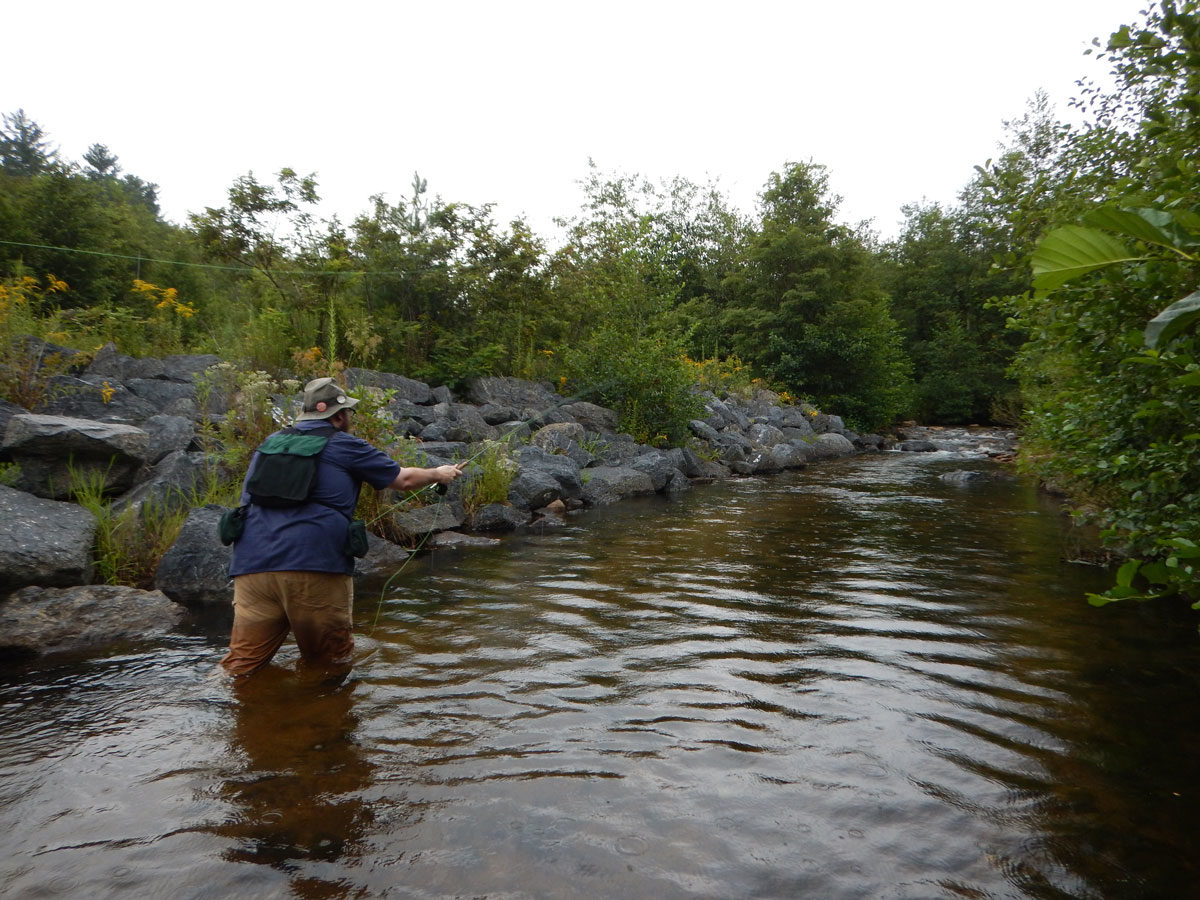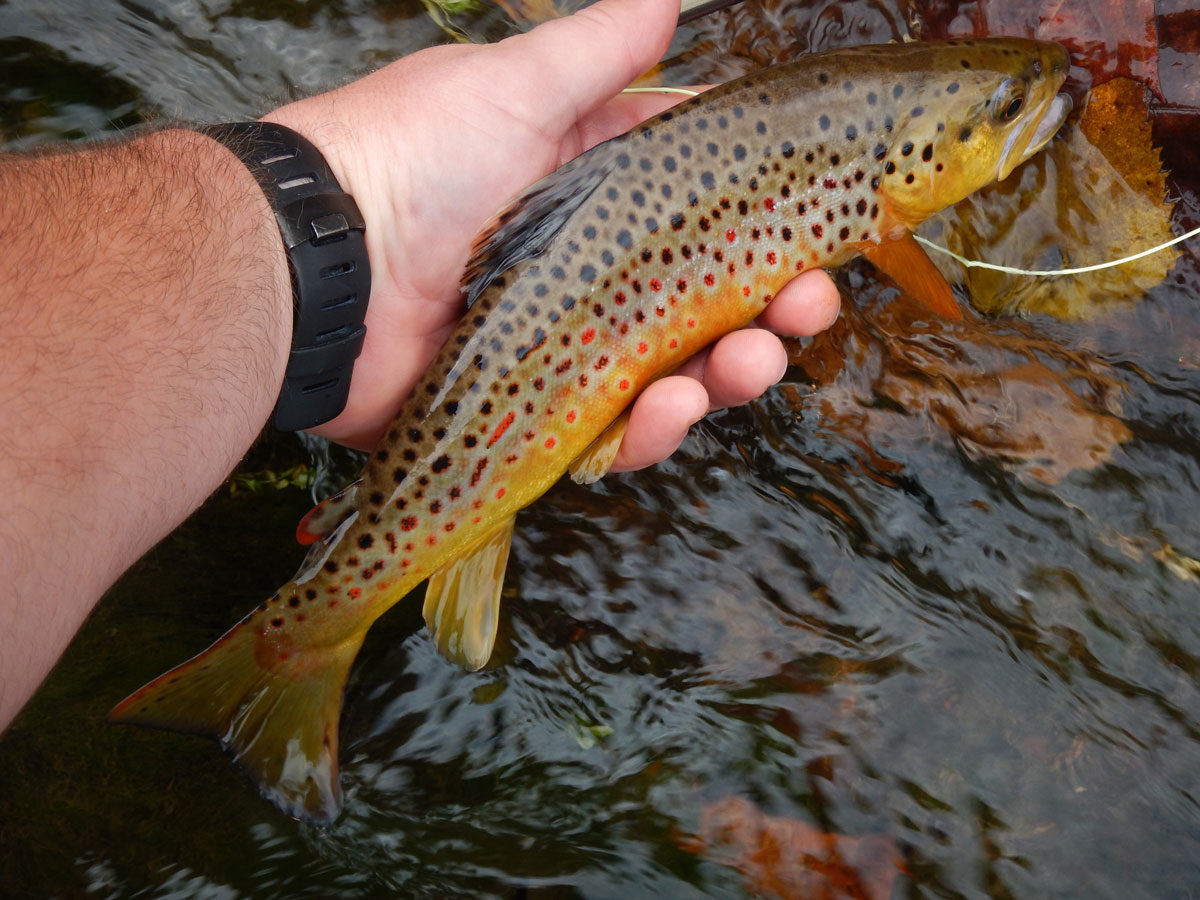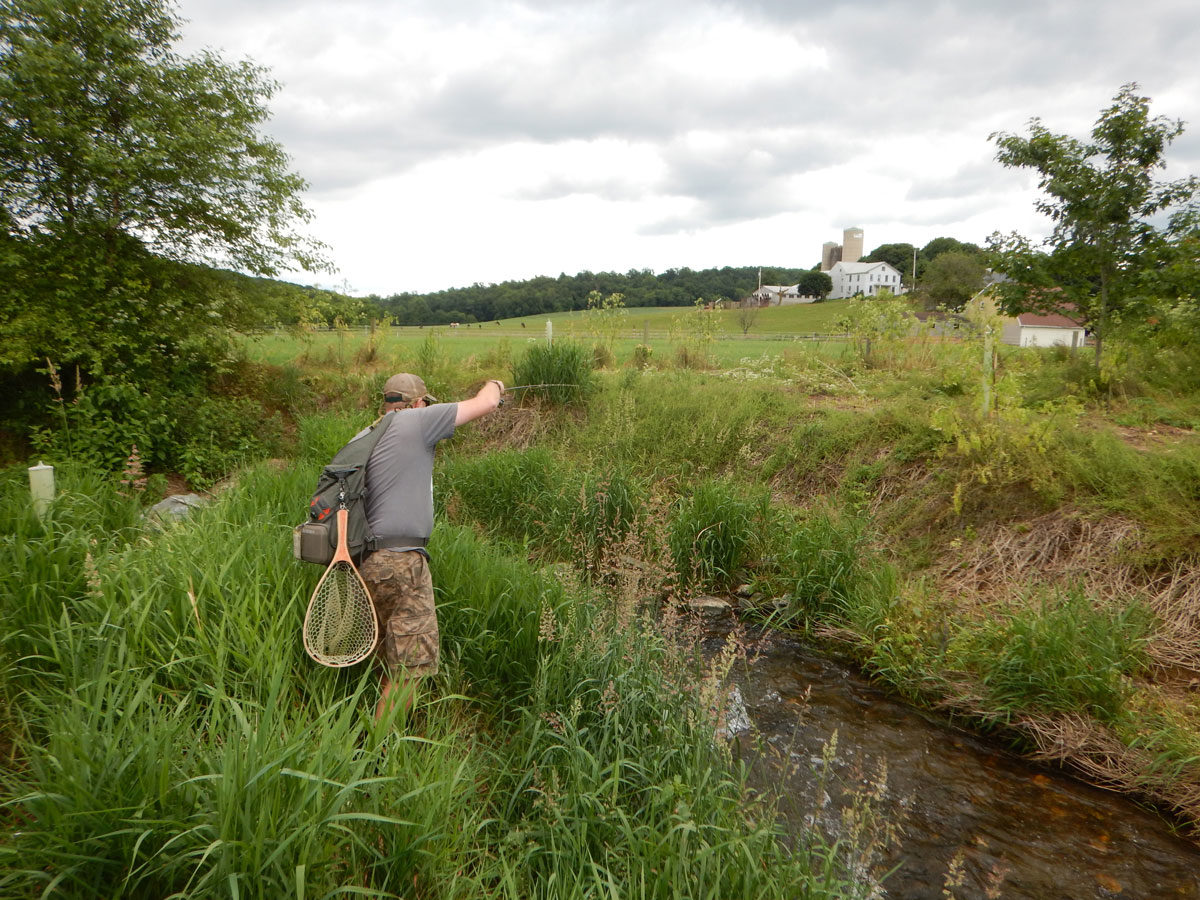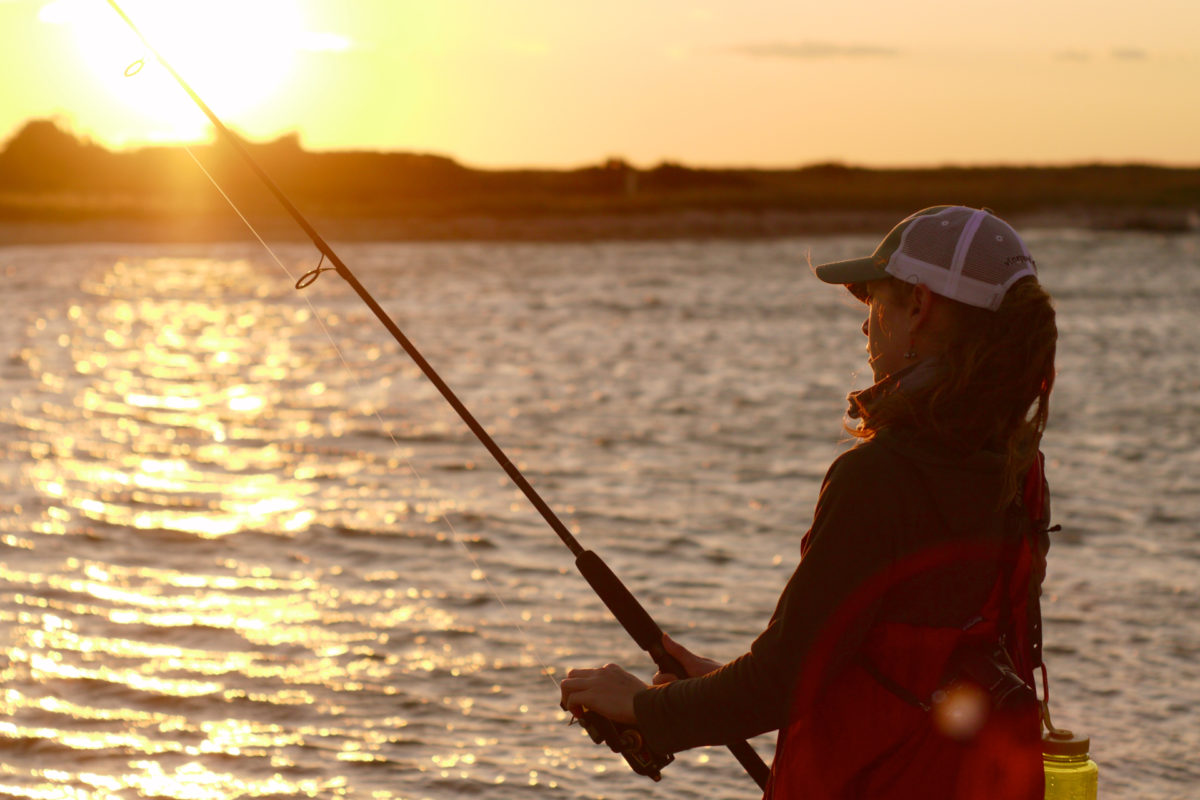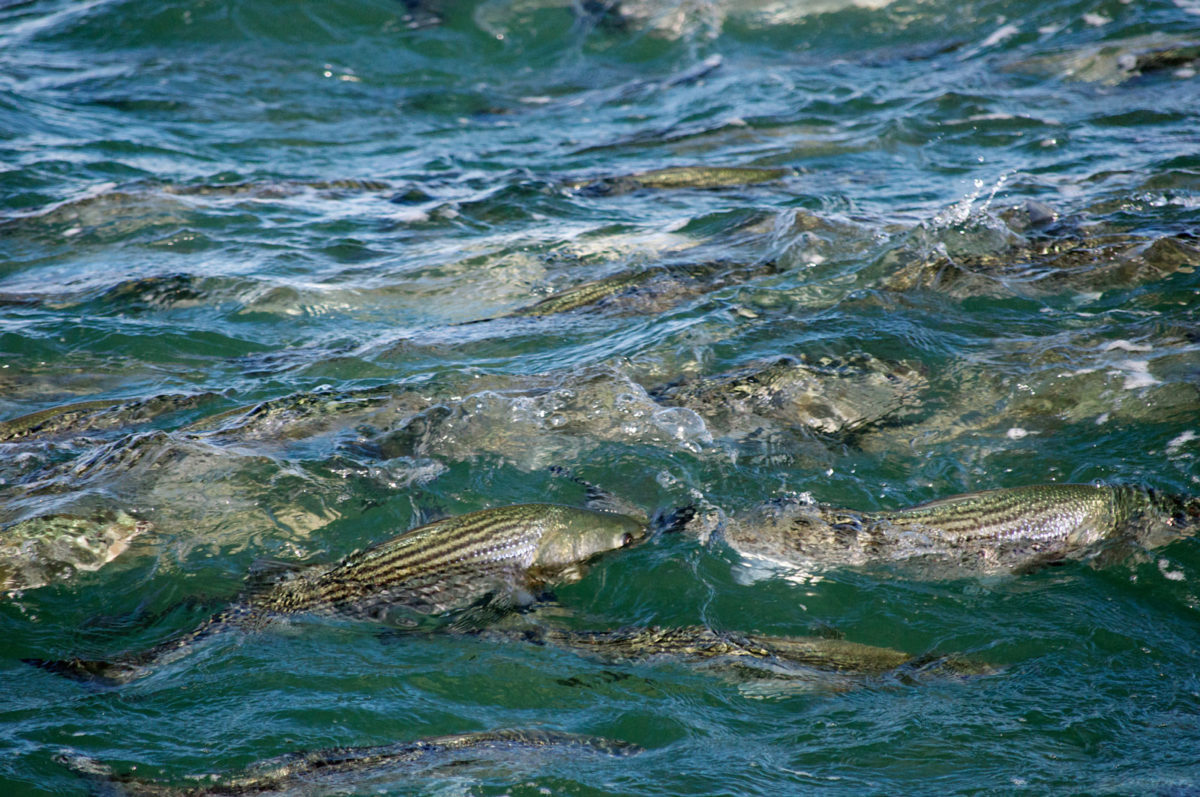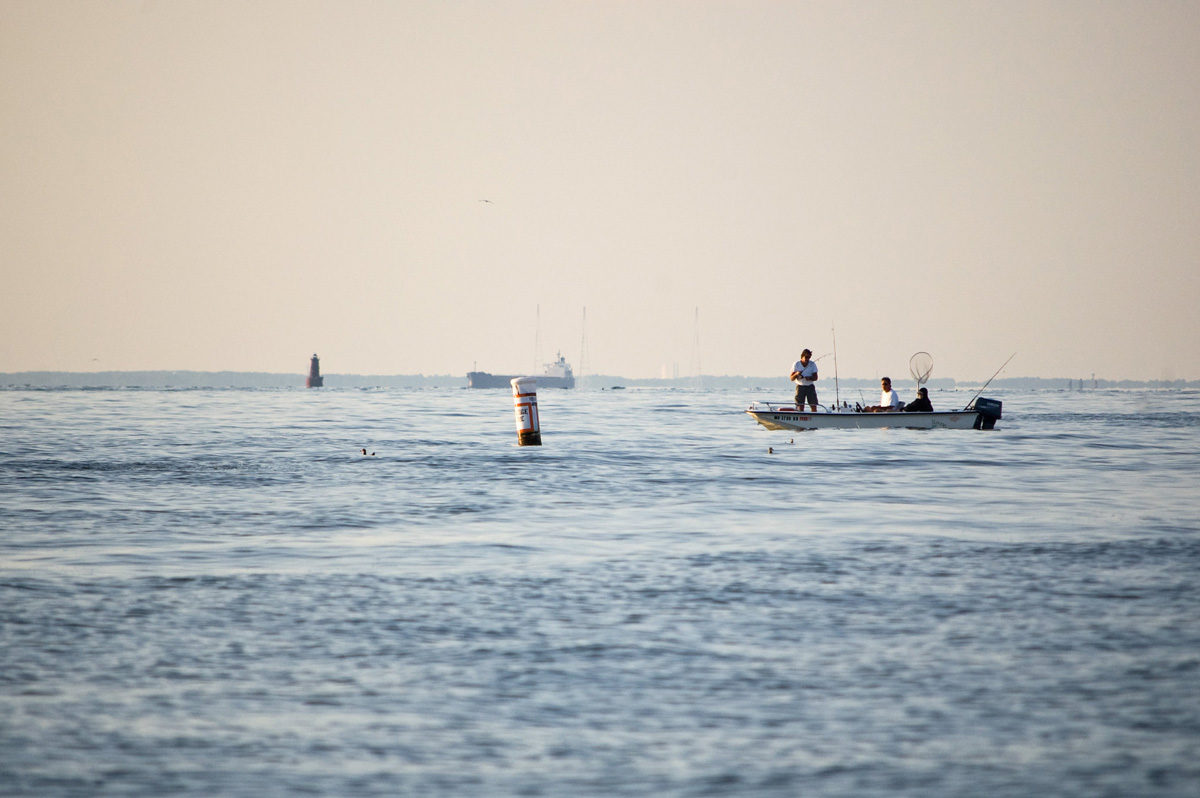In eastern Oregon, the Burns Paiute Tribe is making roadways safer for drivers and deer
Mule deer are declining throughout the West, in part due to reductions in habitat connectivity, and wildlife advocates and managers have been wrestling with how to respond to these population level declines.
In eastern Oregon’s Malheur River watershed, where populations have been reduced by 25-42% over 4 years, collaborative efforts led by the Burns Paiute Tribe are demonstrating how data-driven progress can be made on this issue through partnership building, sound science, and public engagement.
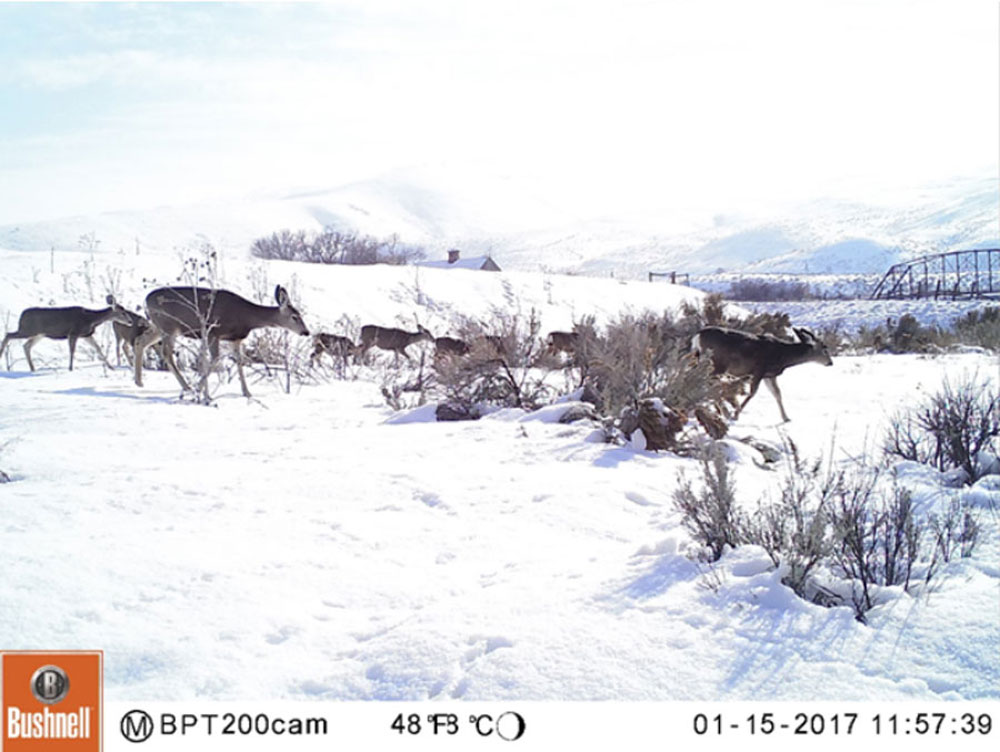
Within the Malheur River canyon, US Highway 20 is a well-known hotspot for wildlife-vehicle collisions. The Oregon Department of Fish and Wildlife has identified this as one of the highest-density mule deer winter ranges in the state, and attempts by wildlife to cross the highway as they move between seasonal habitats to access resources often result in accidents that pose a major threat to human safety, ecosystem connectivity, and wildlife conservation.
In fact, between 3-6% of Oregon’s total recorded deer-vehicle collisions each year occur between mileposts 200 and 205 in the Malheur River canyon. This level of mortality, particularly occurring in early winter and spring, has significant implications for the sustainability of deer populations that use the area for winter range and fawning grounds.
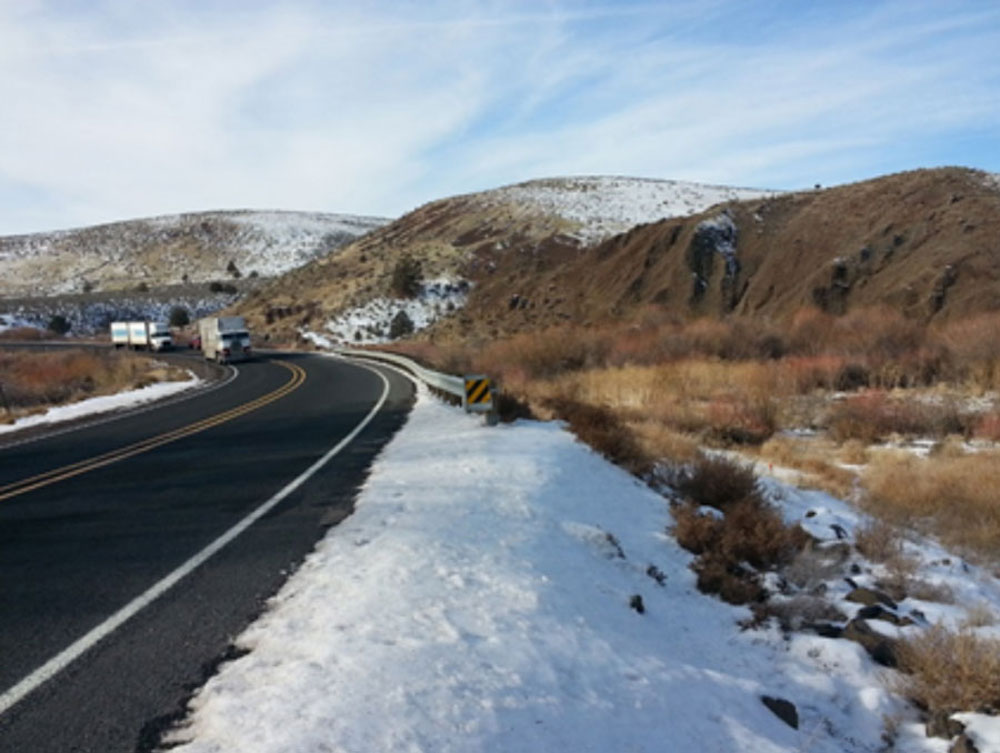
To address this challenge in what is an important part of their aboriginal homeland, the Burns Paiute Tribe is leading a comprehensive effort to study and reduce the habitat fragmentation caused by the development of Highway 20. Healthy populations of mule deer are important to the Tribe, which manages a Wildlife Mitigation Site that is bisected by the highway.
In 2019, the Tribe secured Bureau of Indian Affairs funding to work with multiple state, federal, and public partners to identify mitigation measures that would improve habitat connectivity along Highway 20.
Using data supplied by the Oregon Department of transportation, the Tribe’s analysis estimated that costs of deer-vehicle collisions alone along a 13-mile stretch of Highway 20 exceed $1 million annually. In addition, the Tribe, ODFW and ODOT have used GPS collars, trail cameras, and road-kill surveys to collect data on wildlife habitat use and hotspots for wildlife-vehicle collisions. Using geospatial analysis of wildlife crossing areas the Tribe has identified existing structures that could or may already be used by mule deer as passage for habitat connectivity.
Click here or on the screenshot below to view to experience a 4-year journey through the lives of 29 mule deer that provided GPS locations for the Tribe’s monitoring efforts. Significantly, 32% of all recorded mule deer locations were within 500 meters of US 20, which suggests that these animals are highly susceptible to the dangers posed by vehicles on the highway.

Moving forward, the Tribe will host multiple public meetings to develop a multi-species connectivity assessment and identify remediation measures to address the challenges and limitations in the built environment. Ultimately this process will develop functional solutions that improve wildlife and habitat connectivity through the development of safe wildlife crossings in the Malheur River canyon.
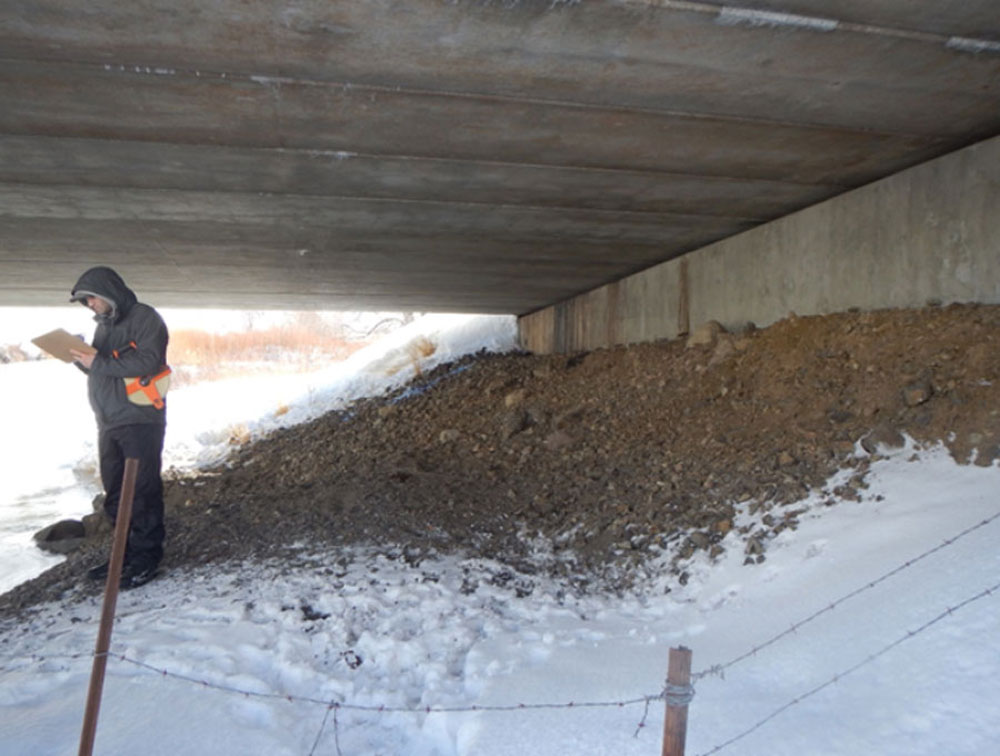
Both Oregon Department of Fish and Wildlife and Oregon Department of Transportation have committed to this project and the focal area has been included in Oregon’s 2019 Action Plan for Implementation of Secretarial Order 3362 on big game migration.
Meetings will be open to the public and we welcome the input and support of sportsmen and women as these solutions are developed.
About the Author:
Calla R. Hagle is the Natural Resources Director for the Burns Paiute Tribe. She received a Bachelor’s of Wildlife Science at the University of Idaho and a Master’s in Wildlife Biology from Eastern Washington University. She’s been working for the Burns Paiute Tribe since March 2016. Her research background is in ungulate (elk and deer) resource use. While working for various agencies and the Tribe, she has worked on a wide breadth of habitat restoration projects and conservation planning.

